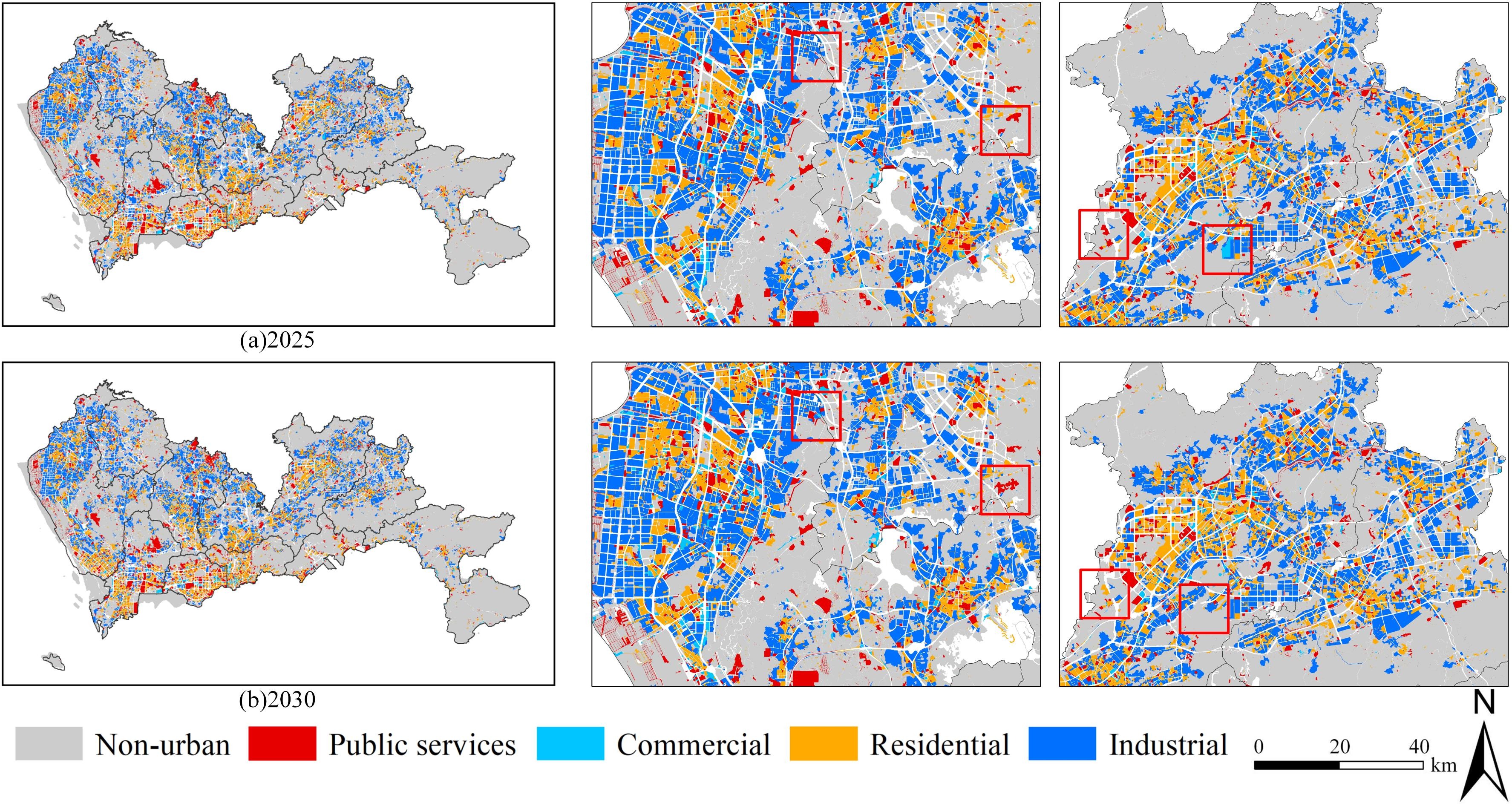Title: HashGAT-VCA: A vector cellular automata model with hash function and graph attention network for urban land-use change simulation

Abstract
Vector cellular automata (VCA) models, which excel at representing spatiotemporal dynamics of irregularly shaped land parcels, have been widely employed in land use change simulations. However, current research faces the following issues: (1) most VCA models neglect the spatial heterogeneity of driving factors within each land parcel when evaluating the environmental driving effects; (2) when calculating the neighborhood effects, simple statistics of land use types in neighboring parcels are often used, overlooking the influence of driving factors within neighboring parcels; (3) the ability to explore the interactions between land parcels is often limited. To address the aforementioned issues, this study proposes a HashGAT-VCA model for investigating urban land use changes. The model utilizes a Hash function to encode the non-uniform distribution of each driving factor within each irregularly shaped land parcel into a fixed-length vector, and constructs a graph structure between land parcels based on their spatial topological relationships. By employing a Graph Attention Network (GAT), the model explores the mechanisms of environmental driving effects and inter-parcel interactions to calculate the probability of land use change for each parcel. The proposed HashGAT-VCA model was applied to simulate urban land use changes in Shenzhen, China, from 2009 to 2012. Compared to other VCA models, the HashGAT-VCA demonstrated higher simulation accuracy. The results indicated that HashGAT-VCA can effectively capture the impacts of the heterogeneously distributed driving factors and the interactions between land parcels on land use changes. Additionally, this study simulated land use patterns for the years 2025 and 2030 under ecological control strategies, providing decision support for urban planning.
Keywords
Vector Cellular Automata;
Graph Attention Network;
Hash function;
Land use change simulation;
Spatial interaction
Full Text Download
Q.E.D.









